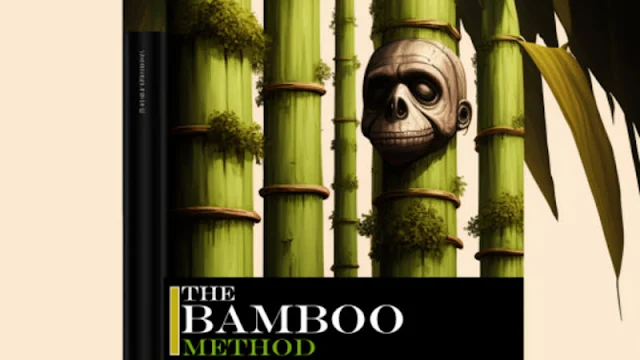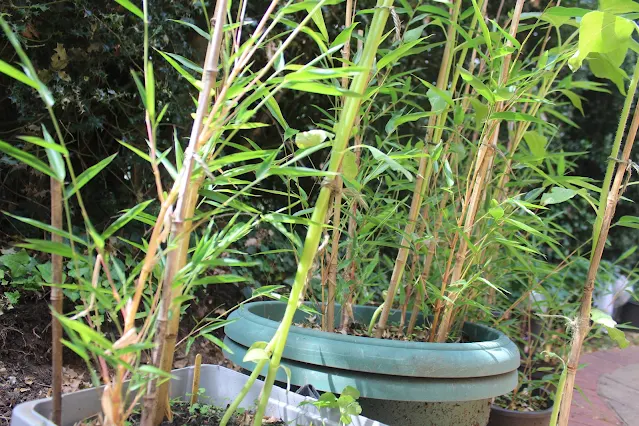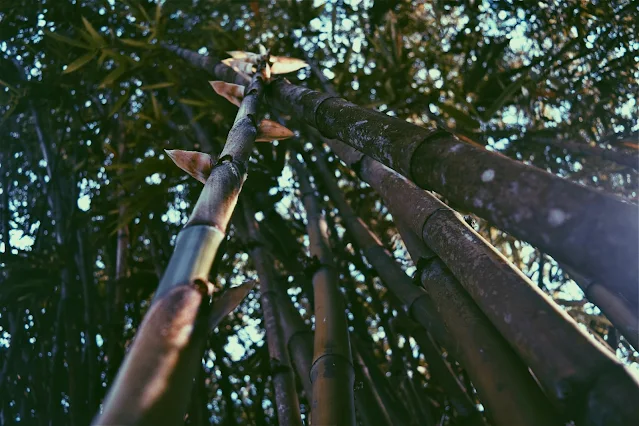The Bamboo Method Octile promises a natural and organic way to increase your height by up to 7cm in just 12 months. Based on the growth patterns of bamboo, this ebook claims to unlock your body's potential through nutrition, exercise, posture, and specific routines. But before you jump on the bandwagon, let's take a balanced look at what it offers.
The Bamboo Method Octile PROS & CONS
Pros:
Focuses on natural methods: If you're averse to risky growth hormones or surgeries, the Bamboo Method's emphasis on diet, exercise, and posture might be appealing.
Tailored approach: The program claims to personalize routines based on individual needs, potentially offering a more suitable approach than generic fitness plans.
Accessibility: As an ebook, the Bamboo Method Octile is readily available and potentially affordable compared to in-person programs.
Safety claims: The program emphasizes its safety compared to medical interventions, although consulting a doctor before starting any new program is always recommended.
Cons:
Lack of scientific evidence: While the marketing material mentions "scientific research," no specific studies are cited to support the claims of significant height increase.
Exaggerated promises: Achieving 7cm of growth in just a year, especially after puberty, seems highly improbable based on established knowledge of human growth.
Limited information: The review provided doesn't detail the specific exercises, dietary plans, or routines offered, making it difficult to assess their effectiveness or potential risks.
Cost and accessibility: Although potentially cheaper than some personal training programs, the cost of the ebook should be weighed against the lack of concrete evidence and potential disappointment.
Conclusion
The Bamboo Method Octile presents an intriguing approach to height increase, but its claims lack strong scientific backing, and the limited information available makes it difficult to assess its true potential. While focusing on natural methods is commendable, the exaggerated promises and potential costs raise concerns.
If you're genuinely interested in increasing your height naturally, consider exploring research-backed methods like proper posture, regular exercise, and a balanced diet rich in essential nutrients. Additionally, consulting a doctor or registered dietitian can provide personalized guidance and ensure your approach is safe and effective.
A Balanced View
For further information on natural height increase methods, you can explore resources like:
Bamboo growth method: (Click Here)
Bamboo growth booster: (Click Here)
Disclaimer:
This review of "The Bamboo Method Octile" isn't saying it works wonders. While it touts natural ways to grow taller, there's no guarantee you'll shoot up like a bamboo shoot.
Remember, responsible and evidence-based approaches are crucial when attempting to influence your body's development.
Basically, be careful, do your research, and don't expect miracles.










